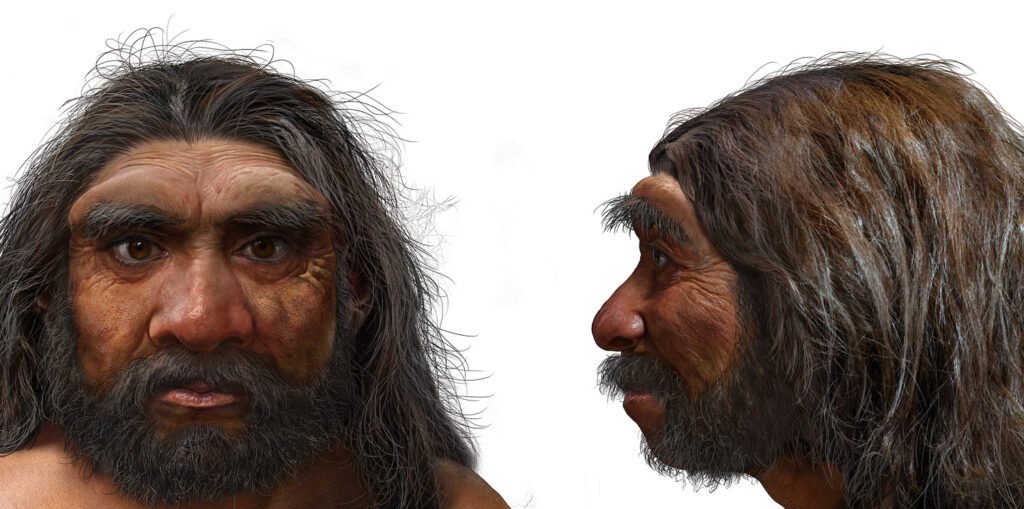Researchers have identified a new species of Homo, named Homo juluensis, based on the discovery of large skull fossils in China.
In a study published in PaleoAnthropology in May 2024, Wu and Bae described a series of unusual hominin fossils found decades ago in Xujiayao, northern China. The fossils exhibited large and broad skulls with a mix of Neanderthal-like traits, as well as features common to modern humans and Denisovans.
According to the researchers, these fossils represent a distinct population of hominins, referred to as Juluren, characterized by large brain sizes. They believe Juluren were widespread across eastern Asia during the Late Quaternary period, approximately 300,000 to 50,000 years ago.
In a subsequent paper published in Nature Communications on November 2, Bae and Wu argued that the growing fossil evidence from East Asia necessitates a refined classification of archaic Homo species. They proposed recognizing at least four distinct species in the region: H. floresiensis, H. luzonensis, H. longi, and the newly named H. juluensis. This revised taxonomy aims to provide a clearer understanding of recent human evolution in the area.
The classification of Homo juluensis is primarily based on fossils from Xujiayao and Xuchang, dated to between 220,000 and 100,000 years ago. In 1974, archaeologists unearthed over 10,000 stone tools and 21 hominin fossil fragments representing around 10 individuals at the Xujiayao site. The thick cranial bones and large braincases suggested by these remains are notable features. Similarly, the large skulls from Xuchang bear a resemblance to Neanderthal morphology.
Wu and Bae concluded that the fossil traits indicate a previously unrecognized hominin population, which they named Juluren, meaning “big-headed people.” While H. juluensis is classified as a new species, the researchers caution that it does not imply genetic isolation. They suggest that interbreeding between Neanderthals and other Middle Pleistocene hominins could have contributed to the emergence of H. juluensis, supporting the idea of hybridization as a driving force in East Asian human evolution.
Although Homo juluensis is not yet universally accepted, the term is gaining recognition among experts.
Source: Killgrove, K. (2024, December 2). New, big-headed archaic humans discovered: Who is Homo juluensis? livescience.com. https://www.livescience.com/archaeology/new-big-headed-archaic-humans-discovered-who-is-homo-juluensis





